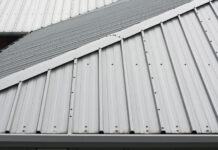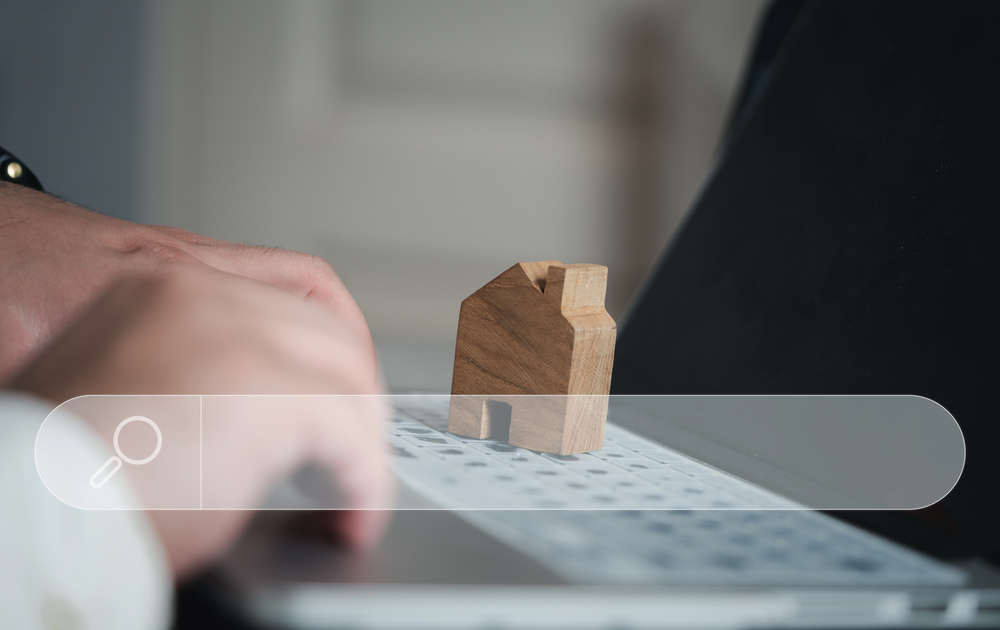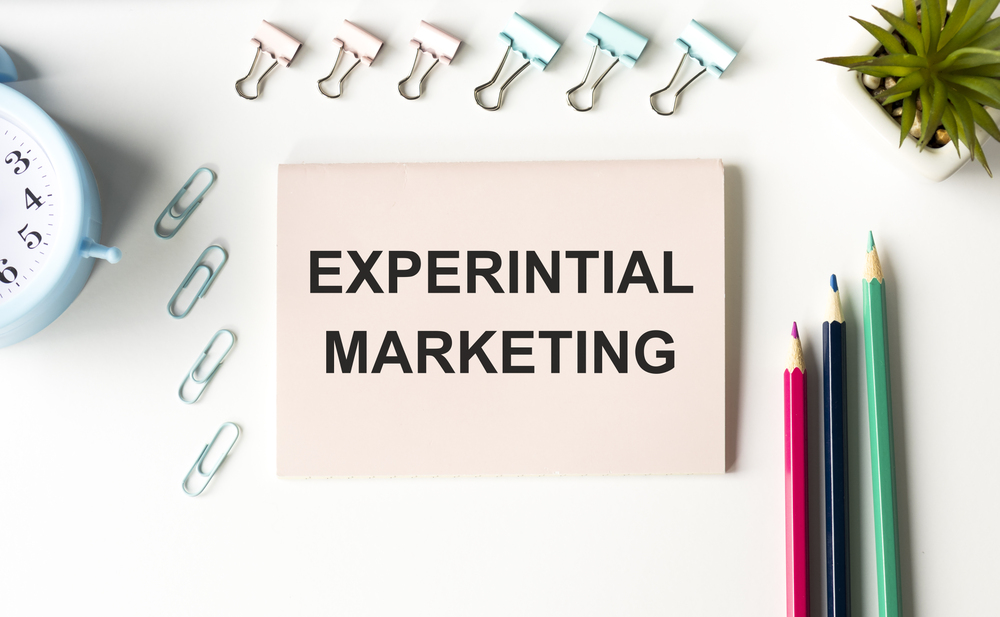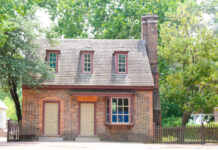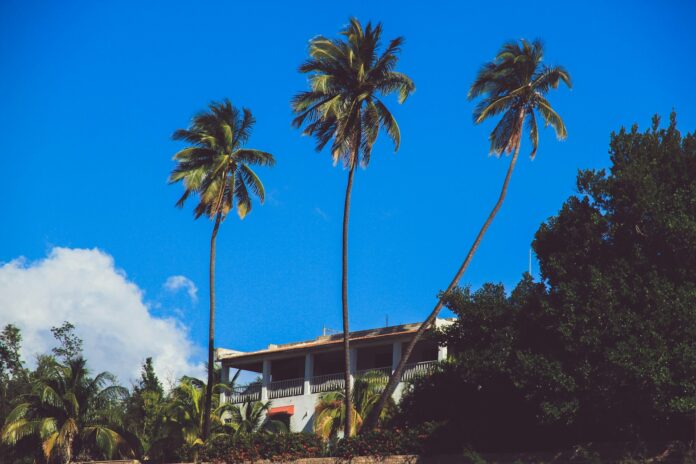
Building a home in Pacific Palisades comes with unique challenges that go beyond design and budget. The area’s stunning coastline, hillside lots, and strong community standards make it one of Los Angeles’ most desirable places to live—but also one of the most complex for new construction. Local regulations, difficult terrain, and neighborhood expectations all influence the building process.
Small missteps can quickly escalate into delays, added expenses, or even project shutdowns. Whether you’re a longtime resident or new to the area, understanding common mistakes before starting can save time, money, and unnecessary frustration.
1. Choosing Designers Without Local Knowledge
Hiring an architect from outside Pacific Palisades often leads to gaps in understanding. Local professionals are familiar with the area’s climate and specific building details. They know how to handle strict zoning rules and aesthetic standards that out-of-town designers may overlook. Without this knowledge, you might end up with inefficient designs or unexpected conflicts with local authorities.
This lack of local insight can delay projects and increase costs. Working with a Pacific Palisades architect can help avoid mismatches with community expectations. These professionals often have established relationships with local zoning boards and inspectors, making it easier to address potential issues early. It’s better to choose experts who understand the area well, so your design fits in naturally.
2. Overlooking Geological Challenges and Site Conditions
Understanding the geological features of Pacific Palisades is essential for a successful build. The area’s slopes and soil types create challenges that shouldn’t be ignored. Properties on steep hills need special planning. Without enough support, there’s a risk of landslides or ground shifts that can damage the home. The type of soil matters too, affecting the foundation and drainage plan.
Skipping geotechnical studies can lead to serious problems after construction starts. These issues can cost money and even put safety at risk. Knowing how water drains naturally can help prevent flooding. Getting advice from geological experts early on helps you make better choices and protects your investment.
3. Misjudging Permitting Timelines and Local Restrictions
Overlooking the complexity of the permit process in Pacific Palisades can derail a construction project before it begins. Homeowners and builders must manage both Los Angeles city regulations and coastal zone rules, creating a lengthy and often confusing approval process. Missing key requirements or underestimating review times can trigger unexpected roadblocks, leading to stalled timelines and higher costs.
Many people assume permits will be quick or straightforward, only to discover that local homeowner associations and city departments require multiple rounds of review. Some applications may demand detailed site plans, environmental studies, or specific neighborhood approvals. Taking time to research the process and maintain clear communication with officials helps prevent delays and keeps the project moving forward. Professionals often rely on a construction permitting service to navigate these requirements more efficiently and reduce the risk of costly setbacks.
4. Prioritizing Trends Over Site-Specific Design
Following the latest design trends can create long-term headaches when building in Pacific Palisades. Popular features like ultra-modern facades, oversized glass walls, or rooftop decks may look impressive online but often clash with the area’s established character and natural surroundings. Local design review boards frequently reject homes that appear out of place or disrupt the neighborhood’s visual harmony.
Beyond aesthetic concerns, trendy elements can introduce practical problems—flat roofs struggle during heavy rains, and large glass surfaces invite glare and overheating in the California sun. Focusing on design choices that respect the site’s landscape, climate, and community style leads to a home that looks intentional and lasts beyond passing trends.
5. Ignoring Construction Logistics
Many people overlook construction logistics until they run into problems. Pacific Palisades has narrow streets and limited access, making it tough to transport materials and equipment. The area’s hills and slopes add to the challenge, affecting where you can stage deliveries or park equipment. Weather changes, like rain or strong winds, can also cause delays and stop work.
Project managers need to think about these factors early. Planning deliveries, setting up staging areas, and organizing work shifts are all key to keeping the project moving. It’s also important to check local traffic patterns and street parking restrictions, which can complicate access for large vehicles. Working with local suppliers and logistics experts can make these steps easier and help you avoid unnecessary delays.
Building a home in Pacific Palisades demands more than a good design; it requires local awareness and careful preparation. Overlooking site conditions, local rules, or logistical hurdles can quickly turn an exciting project into a costly headache. Working with professionals who understand the area and its challenges helps avoid unnecessary delays. Smart planning around permits, land features, and community expectations keeps the process on track. Avoid following trends that ignore the neighborhood’s character. Every detail matters—from soil conditions to street access. Thoughtful decisions at the start can save time, money, and stress throughout the construction process.
Find a Home-Based Business to Start-Up >>> Hundreds of Business Listings.
















